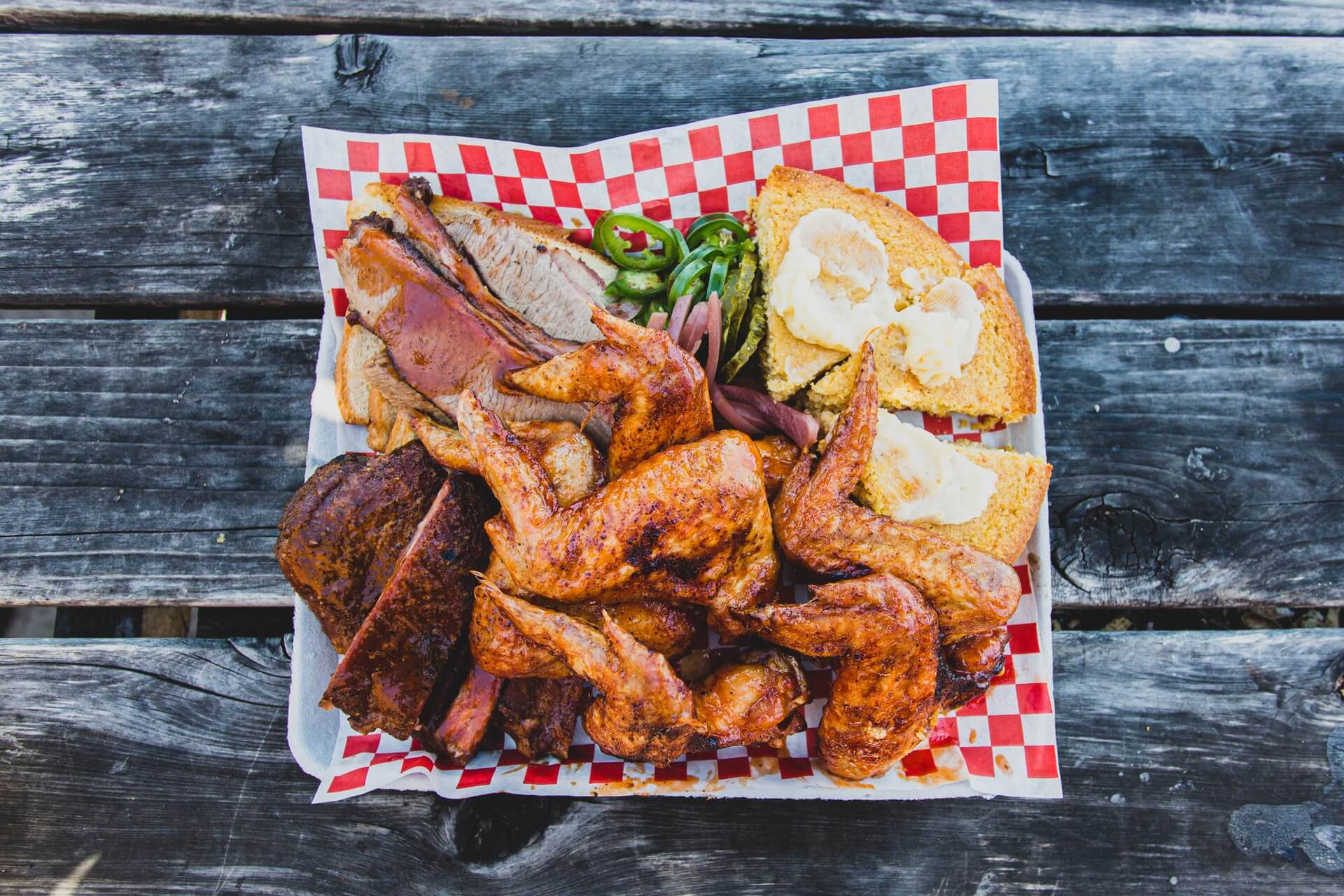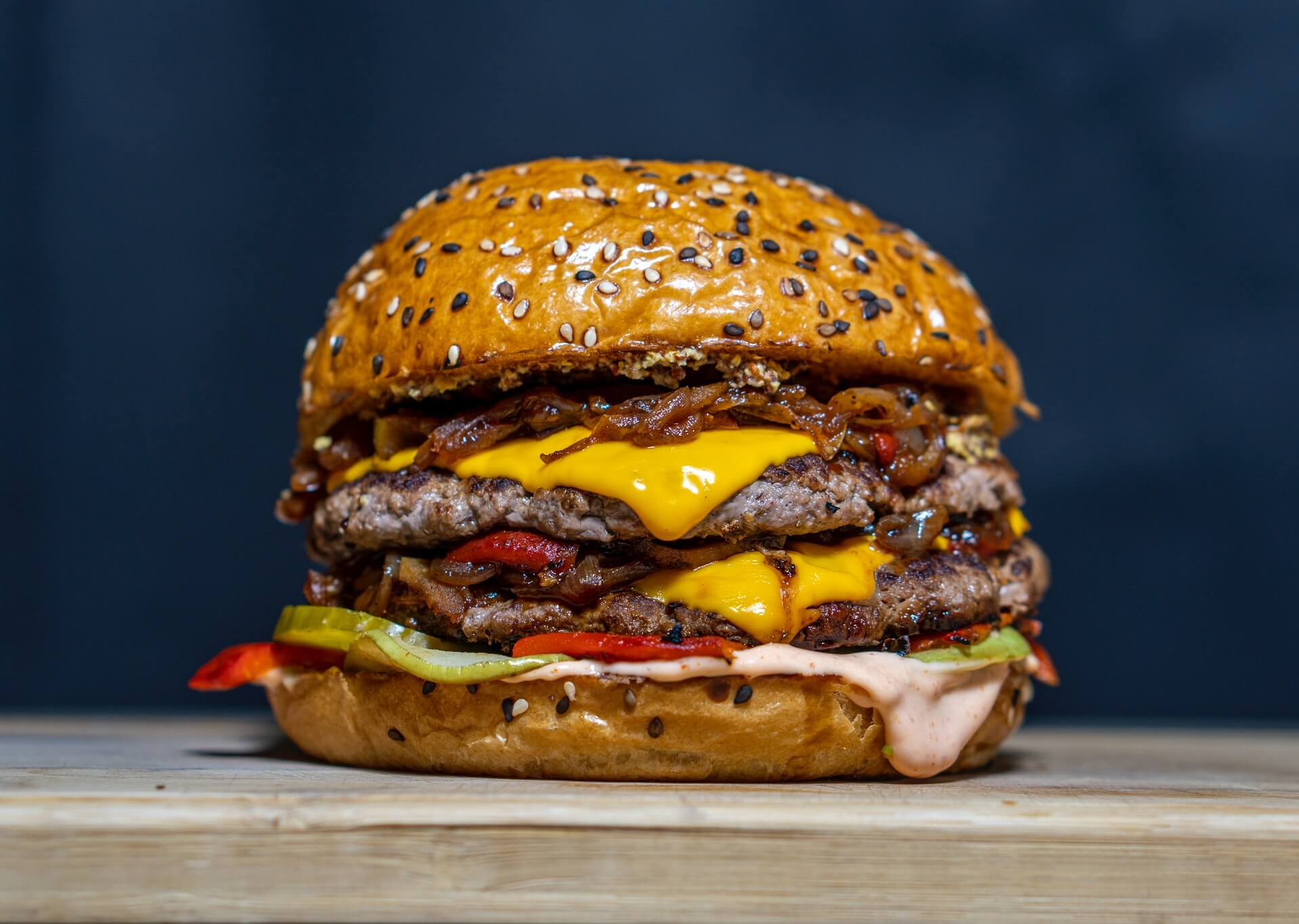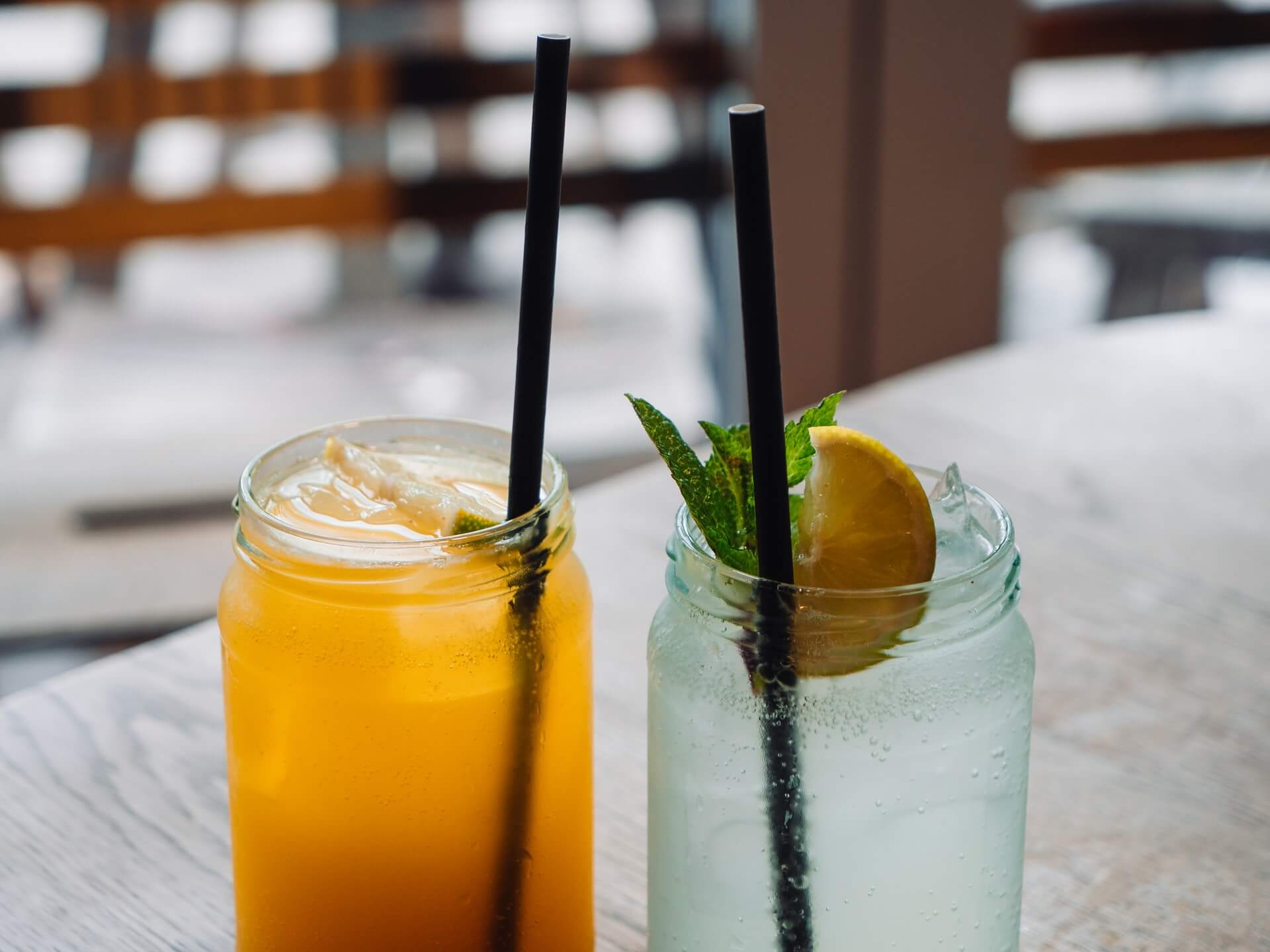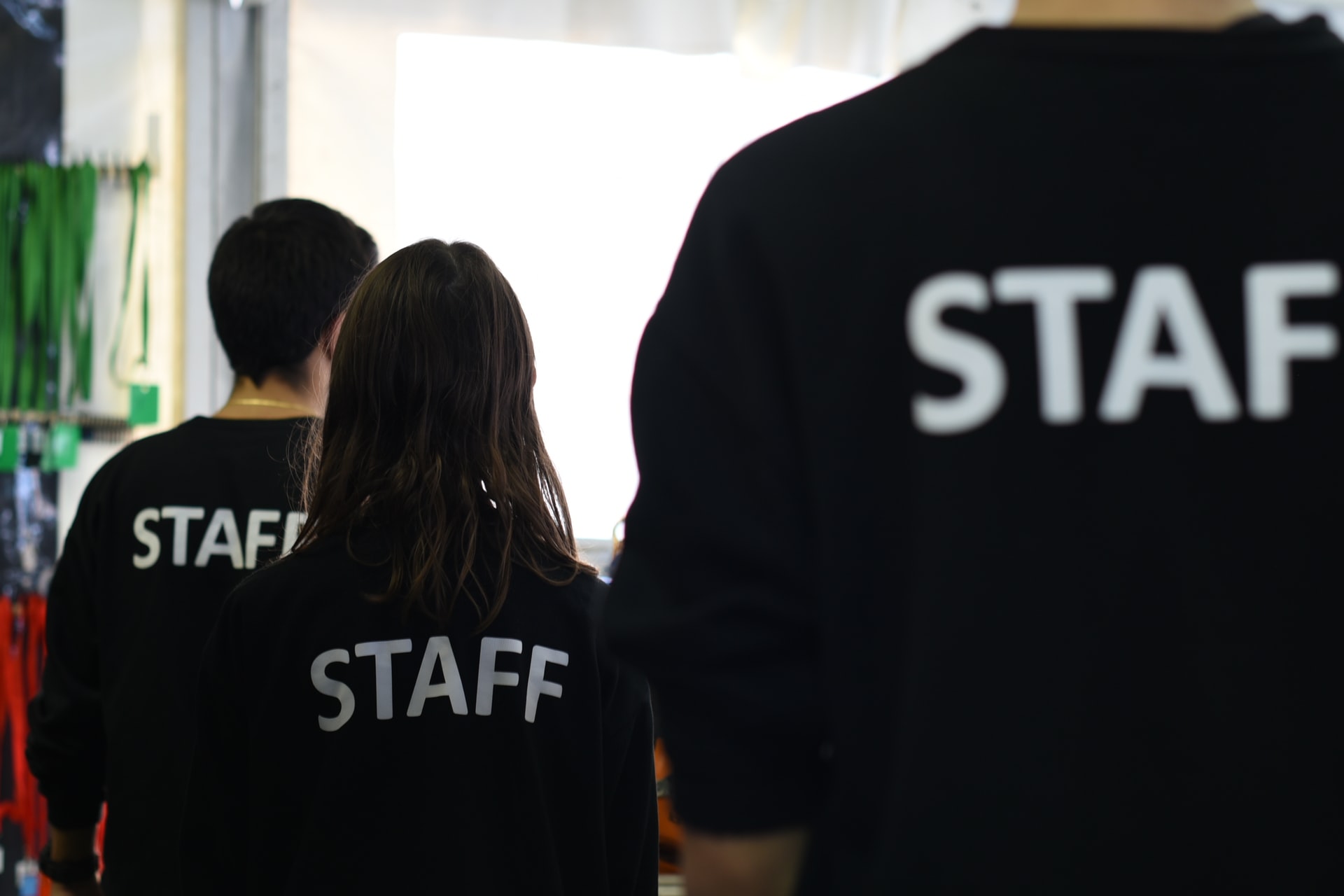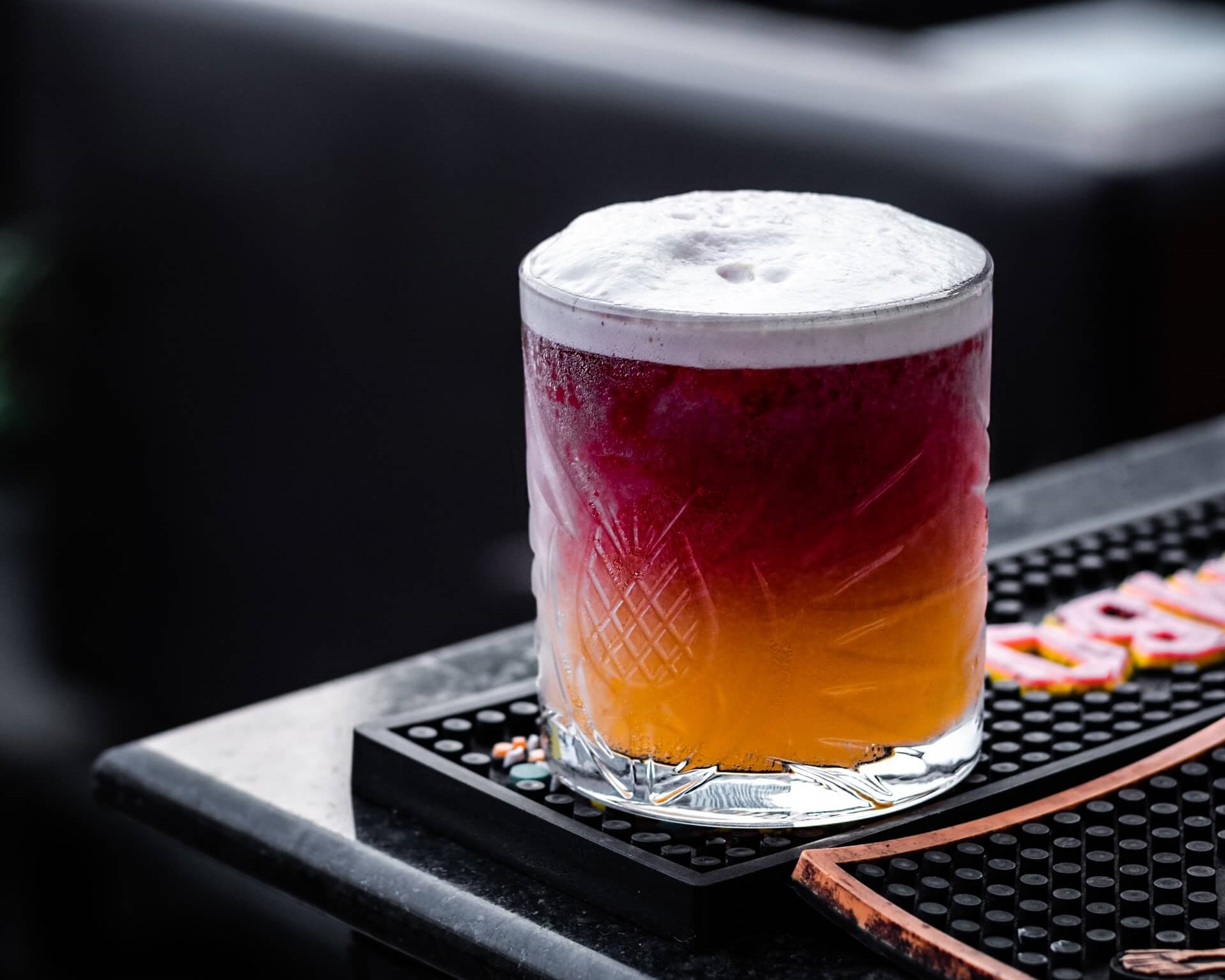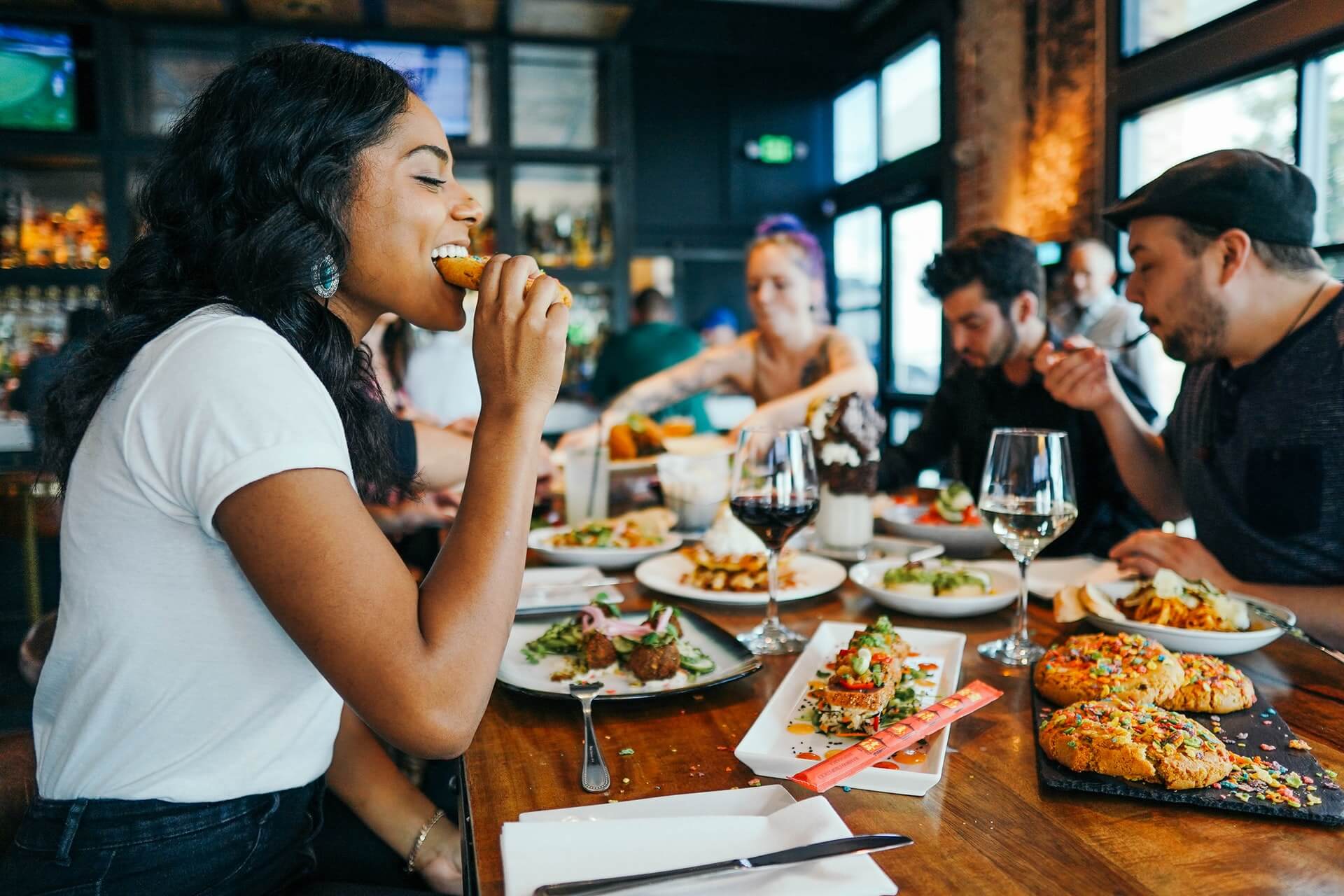US Cities with Greatest Outflow and Inflow
by David Klemt

Seattle-based real estate brokerage Redfin reveals the US cities seeing the greatest numbers of people leaving and moving in.
Obviously, real estate brokers need to know where people are selling and where they’re buying. Going deeper, they also need to know if populations are growing, remaining the same, or dwindling.
However, there’s another group of people who need this information: restaurant, bar, and hotel owners, operators, and workers.
Regardless of experience, owners and operators know site selection is one of the most important decisions they’ll make. Seriously, is there anyone who hasn’t heard the maxim, “Location, location, location” at this point?
Let’s say a new operator is considering where they should locate their business. When looking at major cities, it’s important to understand out- and inflow trends. The same holds true for operators seeking to expand. Clearly, it’s beneficial to know what cities are growing. Equally as important to consider: Is it best to open a location in the heart of the city or the surrounding suburbs?
Of course, there are considerations when looking at outflow and inflow data. For example, operators in cities seeing an influx need to strategize to leverage the area’s growth. How will they appeal to new residents? What can they do to convert them to regulars? Looking at operations, do they need to fill roles and are these new residents looking for work?
Now, when people are leaving cities in significant numbers it affects business. So, if there’s a noticeable downturn, it could be a good idea for operators to contact landlords. And for new operators, an exodus can be a bargaining chip to use during lease negotiations.
Outflow
According to Redfin, these are the top ten cities experiencing outflow.
- Minneapolis, Minnesota
- Chicago, Illinois
- Denver, Colorado
- Detroit, Michigan
- Boston, Massachusetts
- Seattle, Washington
- Washington, DC
- New York, New York
- Los Angeles, California
- San Francisco, California
Of particular note, Redfin reports that the average cost of a house in San Francisco is now over $1.5 million. No wonder so many people are leaving. Selling a home in that market can give sellers an influx of cash that will go much further elsewhere.
Inflow
Conversely, these are the ten American cities seeing the greatest inflow.
- Dallas, Texas
- San Antonio, Texas
- North Port, Florida
- San Diego, California
- Cape Coral, Florida
- Las Vegas, Nevada
- Sacramento, California
- Phoenix, Arizona
- Tampa, Florida
- Miami, Florida
Now, looking at this list, Florida is crushing it in terms of homebuyer growth. So, new and veteran operators should look into the Sunshine State for their first location or expansion.
Of course, the rest of this list is also certainly worthy of consideration, per Redfin’s data analysis. However, the brokerage notes that net inflow for Dallas, Las Vegas, Phoenix, and Sacramento is slowing in comparison to 2021.
Interestingly, to me, half of the outflow list is on Time Out’s 2022 top cities list: Boston, Chicago, Los Angeles, New York, and San Francisco. On the other hand, Miami is also on the Time Out List.
This is to say that data can be interpreted a multitude of ways, so always proceed with caution. The best way to select locations is with focused feasibility studies that drill down to particular ZIP codes and neighborhoods.
Image: Ryan Parker on Unsplash

